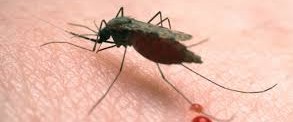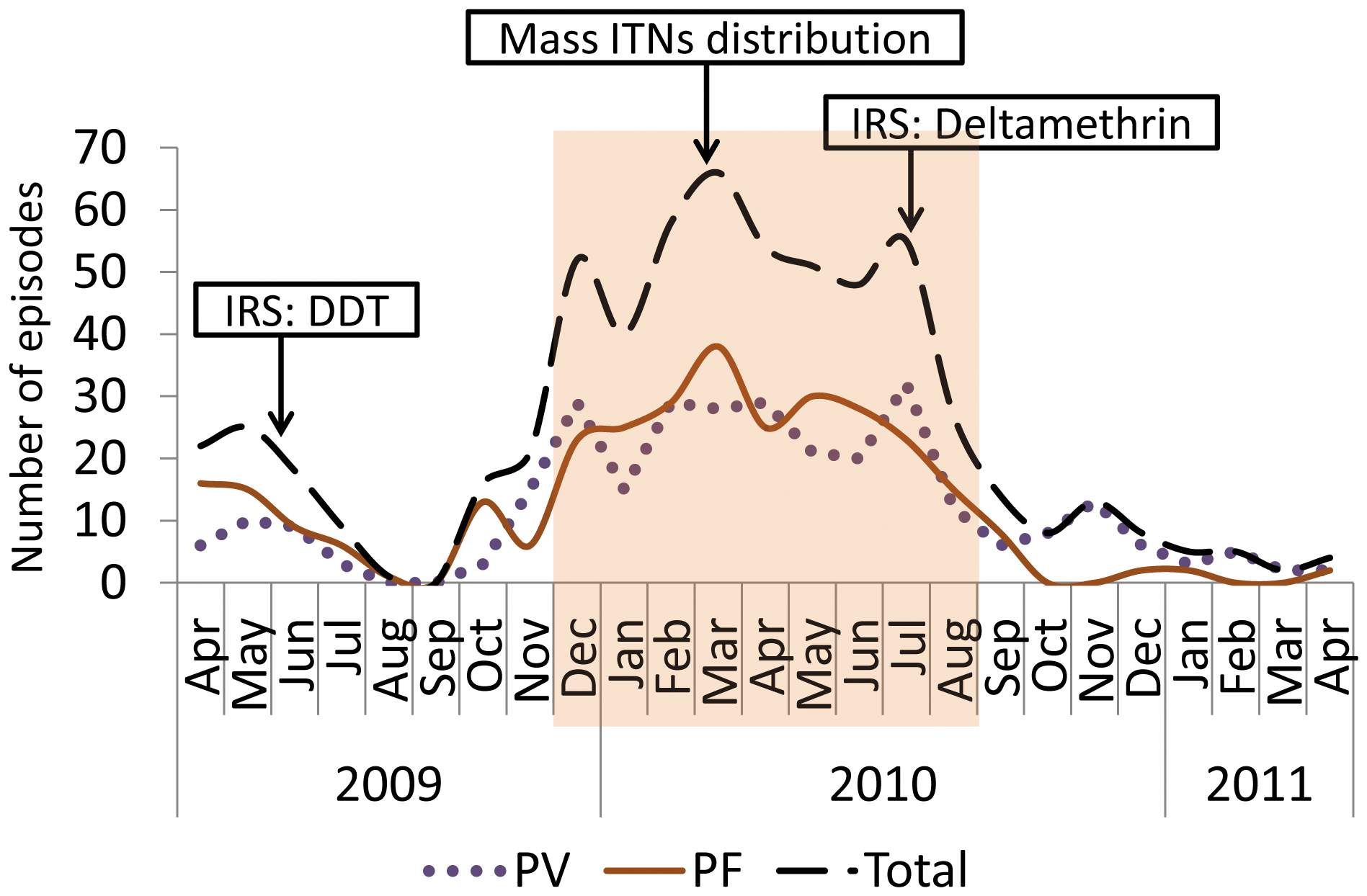The Reducing Maternal Mortality project in south-west Ethiopia aims to reduce maternal and early child deaths. As part of this intervention project, we did several studies on estimating maternal mortality through a community-based birth registry, a retrospective 5-year recall period household survey, and a health facilities obstetric care quality study.
The abstract of the first publication is:
Yaya Y, Lindtjørn B (2012) High maternal mortality in rural south-west Ethiopia: estimate by using the sisterhood method. BMC Pregnancy and Childbirth 12: 136.
Background: Estimation of maternal mortality is difficult in developing countries without complete vital registration. The indirect sisterhood method represents an alternative in places where there is high fertility and mortality rates. The objective of the current study was to estimate maternal mortality indices using the sisterhood method in a rural district in southwest Ethiopia.
Method: We interviewed 8,870 adults, 15–49 years age, in 15 randomly selected rural villages of Bonke in Gamo Gofa. By constructing a retrospective cohort of women of reproductive age, we obtained sister units of risk exposure to maternal mortality, and calculated the lifetime risk of maternal mortality. Based on the total fertility for the rural Ethiopian population, the maternal mortality ratio was approximated.
Results: We analyzed 8503 of 8870 (96%) respondents (5262 [62%] men and 3241 ([38%] women). The 8503 respondents reported 22,473 sisters (average = 2.6 sisters for each respondent) who survived to reproductive age. Of the 2552 (11.4%) sisters who had died, 32% (819/2552) occurred during pregnancy and childbirth. This provided a lifetime risk of 10.2% from pregnancy and childbirth with a corresponding maternal mortality ratio of 1667 (95% confidence interval, 1564–1769) per 100,000 live births. The time period for this estimate was in 1998. Separate analysis for male and female respondents provided similar estimates.
Conclusion: The impoverished rural area of Gamo Gofa had very high maternal mortality in 1998. This highlights the need for strengthening emergency obstetric care for the Bonke population and similar rural populations in Ethiopia.

 Background
Background